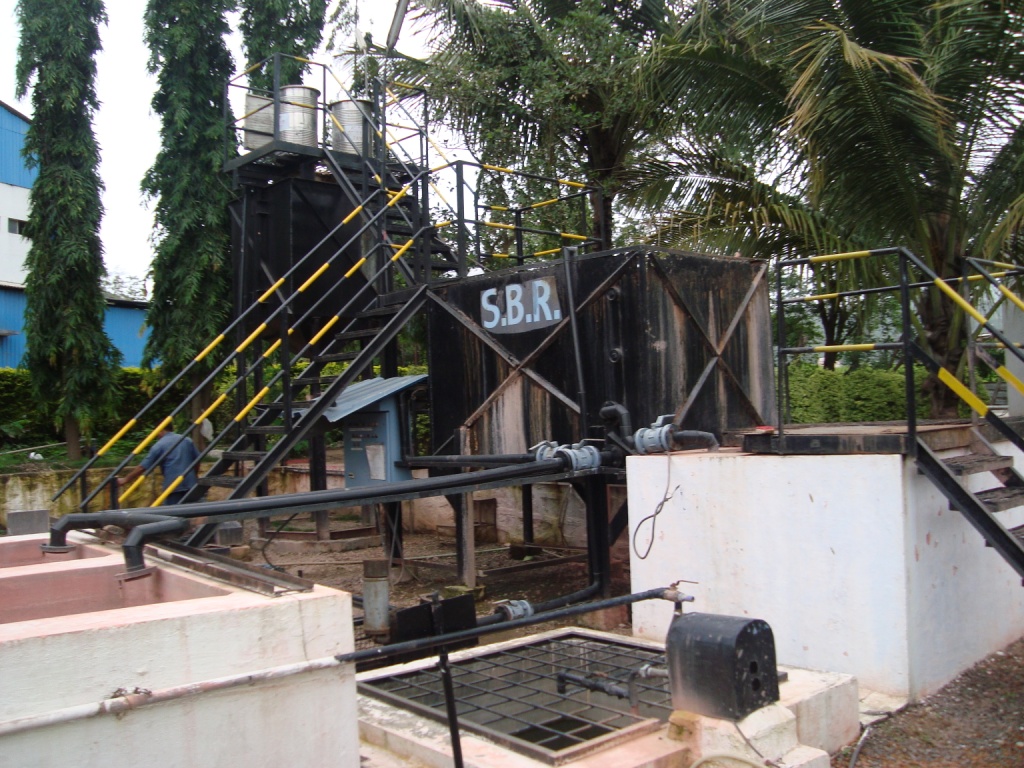SEWAGE TREATMENT PLANT (STP)
Sequential Batch Reactor (SBR)

Sequential Batch Reactor (SBR)
A widely used wastewater treatment process that operates in cycles or batches, rather than a continuous flow. It is an effective method for treating both municipal and industrial sewage, and is commonly applied in Sewage Treatment Plants (STPs). The SBR technology combines biological treatment with a series of time-based processes to remove organic pollutants, nitrogen, phosphorus, and suspended solids from wastewater.
Advantages of SBR in STP:
The following steps are involved in basic wastewater treatment:
- Compact Design:SBR systems combine multiple treatment stages in a single tank, which reduces the footprint of the treatment plant compared to conventional methods like activated sludge systems that require separate clarifiers.
- Flexibility:SBR systems can handle variable wastewater loads and changing influent characteristics, making them suitable for small and medium-sized treatment plants or locations with fluctuating population or industrial activity.
- Effective Nutrient Removal:SBR is highly effective at removing nitrogen and phosphorus, making it ideal for applications that require biological nutrient removal (BNR). The time-controlled phases allow for both nitrification and denitrification within the same reactor.
- Cost-Effective: The single-tank design reduces construction and operational costs, as fewer tanks and pumps are required compared to conventional systems.
- Automation and Control:SBR technology is easily automated, reducing the need for constant manual intervention. The system can be fine-tuned to operate under optimal conditions depending on the influent quality.
